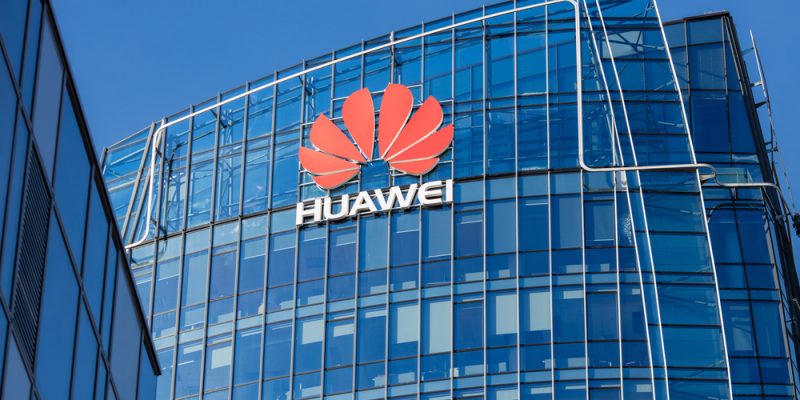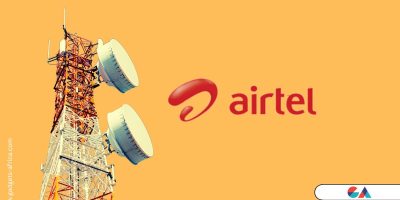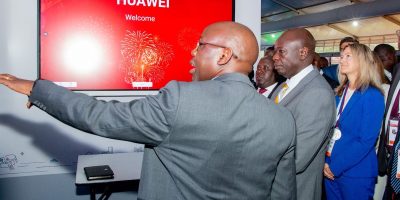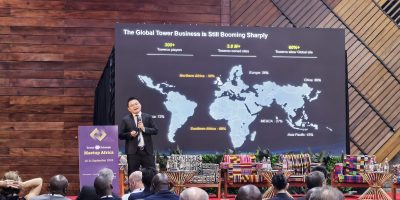The last few years have been a crazy rollercoaster ride for Huawei. The U.S government has imposed multiple restrictions on the company that heavily affect its growth and position as a major tech producer. At the opening of the 17th annual Global Analyst Summit in Shenzhen, Huawei’s Rotating Chairman Guo Ping delivered a keynote speech titled “Huawei: A Year and Beyond”. He started by sharing Huawei’s experience and business results of the past year with relation to the ‘Huawei Ban’.
“Over the past year, many technologies became unavailable to us. Despite this, Huawei struggled to survive and is striving to move forward. Nevertheless, the US government has decided to proceed and completely ignore the concerns of many companies and industry associations.”
The new rule by the US government bars semiconductor-makers that use US technology and software in chip design from shipping to Huawei without permission. In light of this, Huawei has contested the US government’s claims. They state that American efforts are likely to backfire, hurting the ability of US tech firms to do business.
Can Huawei Keep Up Despite The US Ban?
According to The Wall Street Journal, Huawei’s handset shipments outside of China had dropped by 35%. This threatened its position as the world’s second-biggest handset maker. However, that did not stop Huawei. They tried to make it work by providing its own Huawei Mobile Services.
Huawei has announced that it’s going to be working with TomTom on a new mapping solution. It’s also working on its own search tool and a big part of the offering is working to expand it’s own App Gallery to replace the Play Store.
The company does have a lot of cloud support for its existing services. Anyone with a Huawei ID will potentially be able to access all those services, synced across devices. This is whether you’re accessing from an Android phone or from new HarmonyOS devices. Huawei is also actively working with developers to move their apps to the App Gallery
Despite the fact that we found it possible to live with a Google-less smartphone, its App Gallery is missing a majority of the most popular apps found on Android in Kenya.
Luckily, Huawei may have found a solution to this ever-looming problem. Rather than ditching Android completely, Huawei continues to use the open-source core Android operating system on its devices.
For example, its latest P30 Pro New Edition. It looks almost just like the original P30 Pro, which was released before the US trade blacklist. However, the New Edition has more memory and storage – and now comes in silver.
Here’s the catch, because it’s technically a P30 Pro, rather than a P40 Pro, it comes with the full suite of Google services. The questions left unanswered are how long will Huawei use that workaround and how will these restrictions affect the rest of the Tech space?






Comments